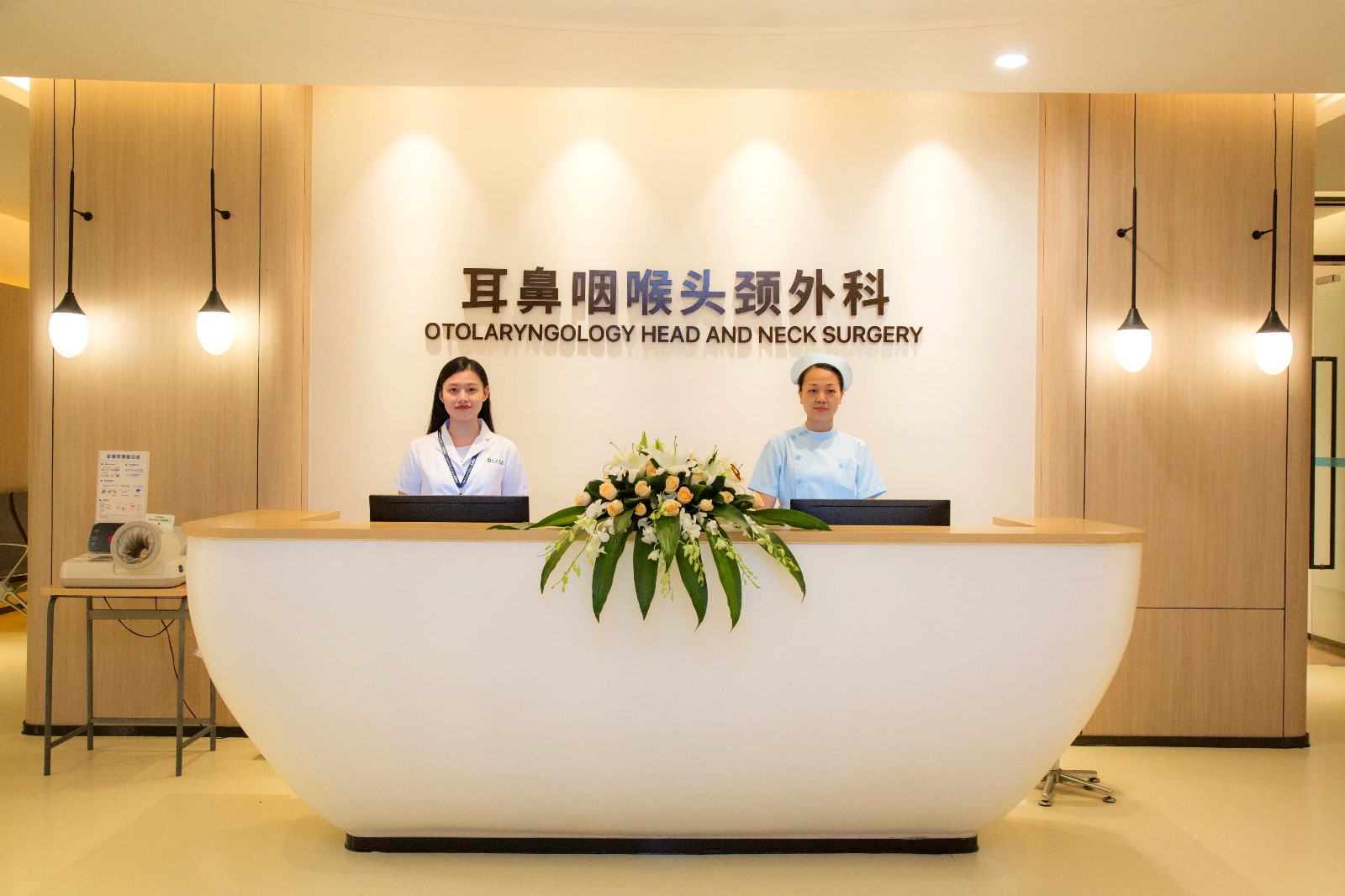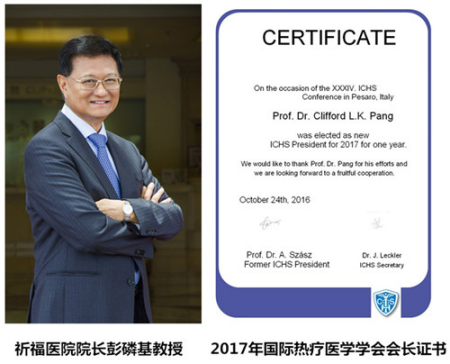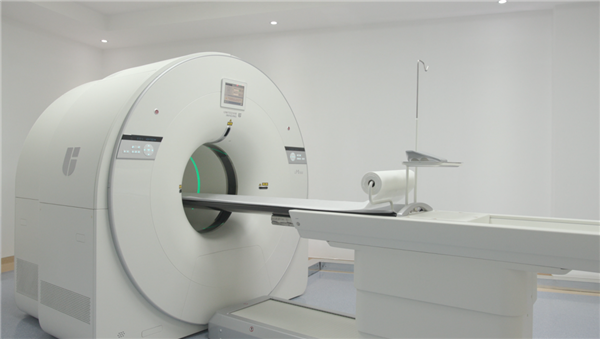A research on “Synergy between high dose intravenous ascorbic acid and mEHT” in patients with advanced stage lung cancer has attracted wide attention in the field of oncology.
Sources: Medical Community Oncology Channel
The 18th World Conference on Lung Cancer (WCLC) of the International Association for the Study of Lung Cancer (IASLC) was successfully held in Yokohama, Japan from October 15 to 18, 2017. Over 7,000 industry leaders, professionals and researchers from more than 100 countries attended this international event.
Dr. Ou Junwen from Clifford Hospital was invited to attend this conference and her research paper on “A phase I-II clinical trial to evaluate the safety, pharmacokinetics and efficacy of high dose intravenous ascorbic acid synergy with mEHT in Chinese patients with stage III-IV Non-Small Cell Lung Cancer” was selected in the poster presentation session and has received wide attention from attendees.

Figure 1: Dr. Ou Junwen’s poster has attracted the attention of scholars
According to Prof. Wu Yilong, there were over 300 papers submitted to the conference from mainland China and only 3 oral and 10 poster presentations were selected and accepted by international panel of reviewers. Prof. Wu, a leading expert in the field of lung cancer in China, has praised highly of Dr. Ou’s research and expressed interest in a collaborative research project together in the future.

Figure 2: Prof. Wu Yilong (right) praises highly of Dr. Ou Junwen’s (left) research
The study is focused on patients with stage III-IV Non-Small Cell Lung Cancer (NSCLC) and it is the first time that high dose Vitamin C and modulated electrohyperthermia (mEHT) have been applied as treatment methods in China. The study has found that patients’ quality of life is improved when they receive the treatments and patients diagnosed with squamous cell lung cancer were sensitive to the above two treatments.
Furthermore, this research paper has been selected as poster presentation on European Lung Cancer Conference in May and was included in the 2017 American Society of Clinical Oncology. Also, it was published in the European Journal of Pharmaceutical Sciences in September with impact factors of 3.77 points.
“High dose intravenous ascorbic acid synergy with mEHT” proves to notably improve quality of life of patients
There is little opportunity for patients to remove the cancerous tissue in the advanced stage of non-small cell lung cancer. The side effects of chemotherapy and molecular targeting drugs often make it impossible for patients to complete the full treatment. People may wonder if there is any possible way to prolong the life of the patient? Medical scientific research team from Clifford Hospital started their research topic on “Synergy between high dose intravenous ascorbic acid and mEHT”and the results have been exhilarating.
In recent years, the research on Synergy between high dose intravenous ascorbic acid and mEHT has gradually aroused specialists’ interest and attention. Based on the previous research and reports, Dr. Ou’s team began their research topic on phase I-II clinical trial to evaluate the safety, pharmacokinetics and efficacy of high-dose intravenous ascorbic acid synergy with mEHT in stage III-IV non-small cell lung cancer and obtained the preliminary evaluation of the therapeutic effect on tumor.
In this study, from the fasting blood ascorbic acid (AA) levels of 35 lung cancer patients, an interesting phenomenon was found ---fasting plasmas ascorbic acid levels were significantly correlated with stage of the disease. The later clinical stage of the disease, the lower the fasting blood ascorbic acid levels world be. According to the result of pharmacokinetics, when IVAA is combined with mEHT, the concentration of AA levels were significantly higher than in other treatment groups. Over the full cycle of the study, the average scores of the patients for the functioning scales continuously increased and the symptoms gradually decreased. Among those 15 selected patients who entered the phase I study, as per RECIST1.1 standard, 1 patient achieved complete remission (7%); 3 patients were in partial remission (21%); 5 patients were in stable condition (36%); 5 patients were (36%) in disease progression; 1 patient dropped out. The average 1 year survival rate was up to 71%. In addition, patients with squamous cell lung cancer gained more obvious treatment effect.
This study points out that synergy between IVAA and mEHT is safe and the concomitant application significantly increases the plasma AA level for NSCLC patients. The quality of life is improved when they receive the above treatments. Patients diagnosed with squamous cell lung cancer were sensitive to the above two treatments.
It is the first international study and may become a blessing for patients with squamous cell lung cancer.
It is the first study both domestically and abroad that uses high dose VitC in combination with mEHT for advanced lung cancer patients. Some studies abroad have confirmed that the amount of redox-active iron has significantly increased in tumor tissues. When using high dose of VitC infusion in pharmacological concentration in this study, VitC reacts with iron molecules, which produces peroxide and free radicals. The peroxide of extracellular fluid can selectively destroy DNA of cancer cells, killing them completely.
MEHT derives from hyperthermia and it is based on nano-thermal but not temperature-dependent effects of electromagnetic fields and special fractal modulation, whose effect could exceed the effect of the overall heating (macroscopic temperature elevation) by 3-4-fold.Through thermal effect, it selectively damages and kills cancer cells, achieving treatment purpose.
This study finds that the use of high dose of VitC in combination with simultaneous mEHT can obviously boost the peak concentration of VitC, indicating that the combination of the above treatments has a synergistic effect to kill cancer.
According to the result of the study, 5 patients with squamous cell lung cancer gain good effect after using the above treatments. Their lesions have shrunk remarkably and even disappeared completely. Patients with squamous cell lung cancer were sensitive to these two treatments, but the specific mechanism remains unclear.
At present, squamous cell lung cancer, accounting for about 30% of NSCLC, is acknowledged as an intractable disease with limited treatment options. This study result is undoubtedly a blessing for patients with squamous cell lung cancer. Once the mechanism is confirmed, it will become a very promising treatment option.
Dr. Ou Junwen says that currently the research team is trying to enlist more advanced lung cancer patients for phase II clinical study, which aims to observe the treatment effect on progression-free survival time and overall survival time and to further define which pathological type is more sensitive to the above treatment, benefiting these group of patients.







